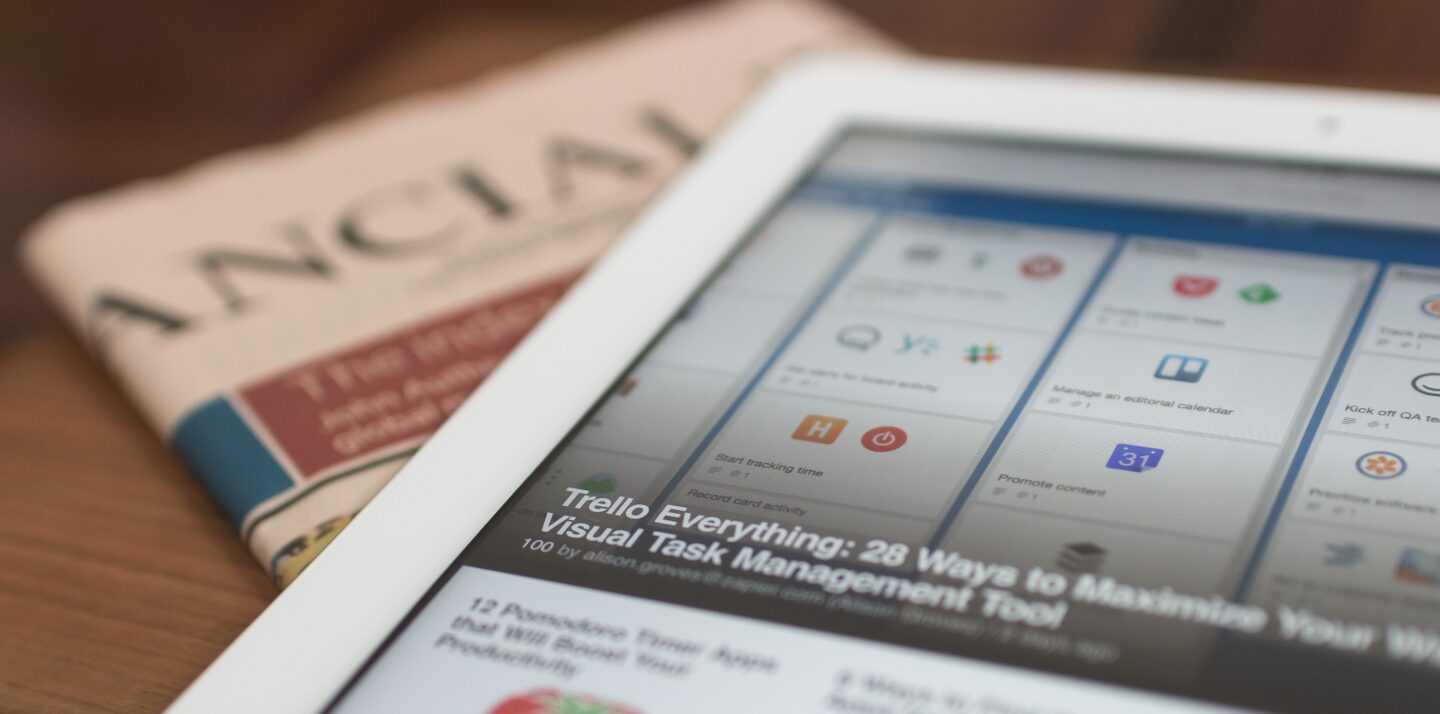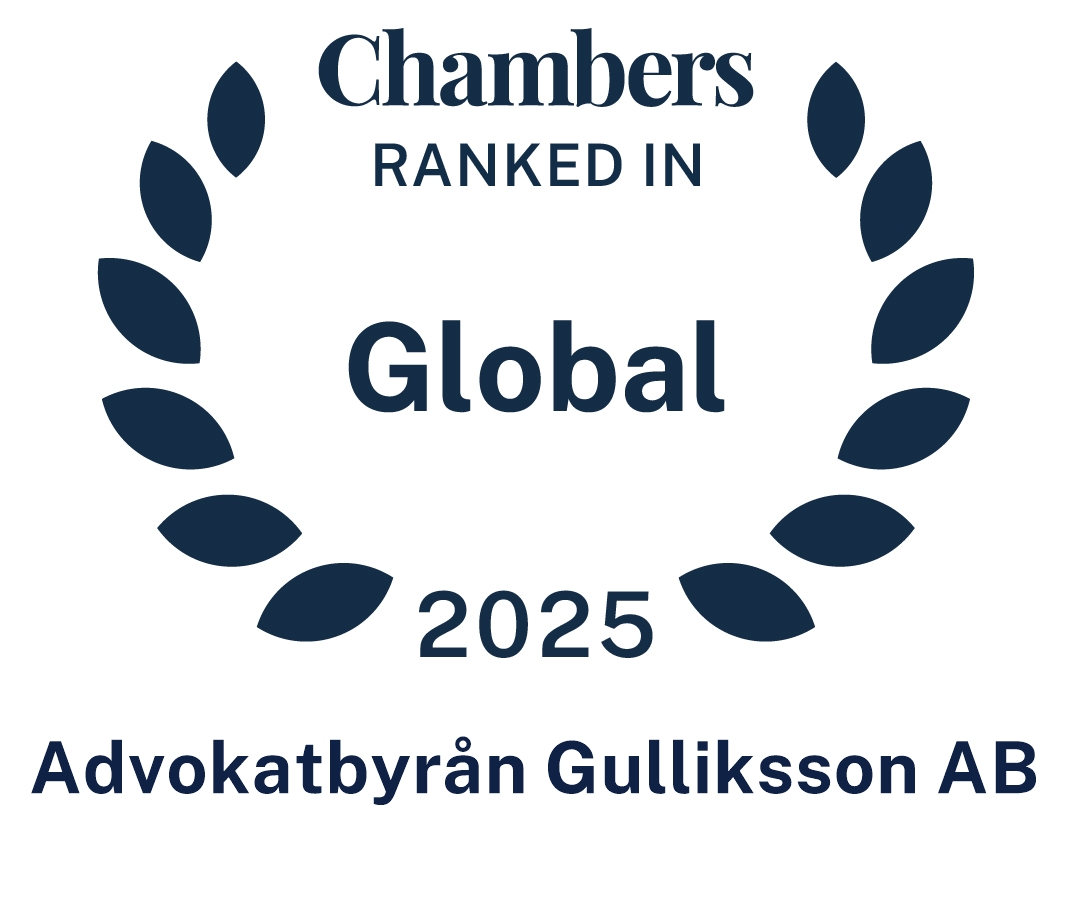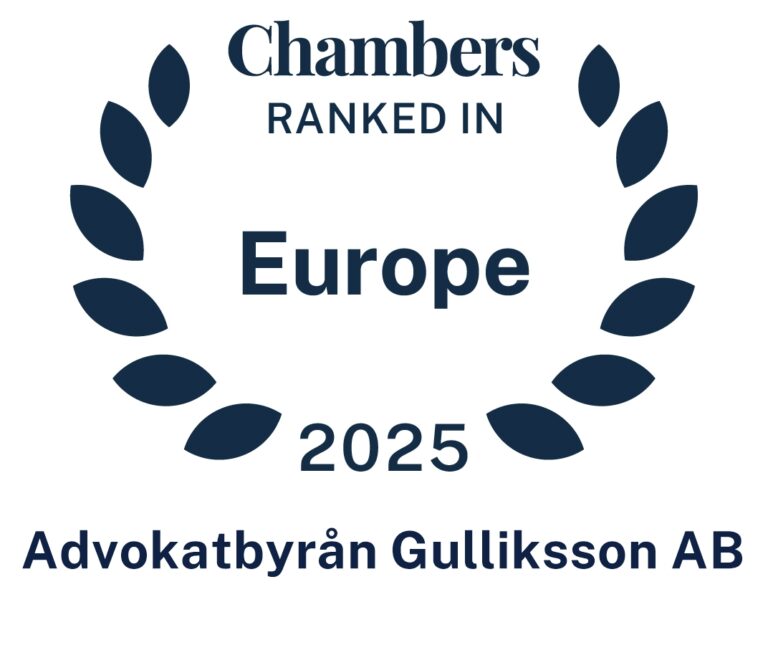By Sofia Sjöö
A Swedish politician found herself in a bit of a pickle when one of the major newspapers published not too flattering photos of her, which they snatched from her private Facebook page. The question was – had the journalist infringed her exclusive rights under the Swedish Copyright Act or not? By overturning the Patent and Market Court’s judgement, the Court of Appeal held that the newspaper was within its rights when publishing the “private” photos.
The facts
In connection with the Swedish election, the newspaper published ten photos from the politician’s Facebook page, on which she was, inter alia, posing together with another prominent political figure in front of an Israeli tank. The photos were made available to the public both on the newspaper’s website and via its Twitter account. The politician argued that the newspaper had infringed her copyright to the photos by distributing them to the public. The newspaper countered by stating that it was within its rights due to the information value of the photos.
The law
The main rule under Swedish- as well as EU law is that the creator of a literary or artistic work obtains an exclusive right to, inter alia, exploit the work by making copies or making it available to the public. This includes posting a photo on a website or other social media, say Twitter, which was what the newspaper had done in this case. However, as for most rights stipulated by law, there are a number of exemptions to this main rule. According to Section 23 of the Swedish Copyright Act, a copyright protected work, which has been made public, may be reproduced in a newspaper and a periodical in conjunction with a report on a current news event. In addition, the reproduction must be carried out in conformity with proper usage, and only to the extent called for by the information purpose, for this exemption to be applicable.
The exemption found in Section 23 of the Swedish Copyright Act correlates with Article 5.3 c of the EU directive[1], which entitles the member states to limit the exclusive right in relation to news reporting, provided it is justified by the information purpose. Here, the different right-holders’ interests shall be weight against each other and the classic doctrine of proportionality is to be applied. Further, it is required that the moral rights (e.g. the right to get credit) are respected, if this is not found to be impossible.
Made public
In the case at hand, it was undisputed that the photos had been legally uploaded to the Facebook page in question. The issue was whether this transfer entailed the photos having been made available to the public, as understood under the Swedish Copyright Act.
The journalist behind the article explained that he had accessed the photos via his own, private Facebook account, and thus, no further acceptance or action was required to gain access. In other words, it was not required to be one of the politician’s “friends” on Facebook to see the photos. The Court held that the photos therefore were legally available to a great and undecided number of people. Consequently, all ten photos had been made public by the politician herself. The fact that she thought that the photos were private did not change this; as the publicly available requirement is objective, her subjective view was insignificant.
Newspaper
And now to the interesting part – the definition of newspaper. It was undisputed that the newspaper provided articles on its website, which was updated on a daily basis. Further, it was undisputed that the newspaper provided information about these articles on Twitter – with a link to the article in question. The fact that digital publications published by a company within the journalistic industry constitute newspapers as understood under Section 23, Paragraph 3 of the Swedish Copy Right Act is rather uncontroversial. Thus, the Court found that the articles published on the website fell within the exception to the exclusive right. An interpretation to the contrary would drastically limit the possibility to provide information and would in fact limit the statutory right to access to information. The Court concluded that because the information distributed via Twitter was in direct connection with the report on current news event that occurred on the website, it constituted an extension of the actual website. Therefore, Twitter falls within the definition of the word newspaper (at least in this specific case).
Current news event
The Court held that according to the applicable legislative history (cf. SOU 1956:25, p. 208), a “current news event” should be a recent event. However, due to the basic information purpose embedded in the exemption, there is room for interpretation as for what the concept of time constitutes in this regard. This is interesting as the photos in question were taken a while back. However, after taking the following circumstances into account:
- no prior reporting on the trip;
- the prominent politician was a high profile figure taking part in the upcoming Swedish election; and
- the existence of an ongoing conflict in the Middle East,
the Court held that the trip was of public interest and therefore fell within the definition of current news events, despite the fact that it was “old news”.
Proper usage
The requirement on proper usage was introduced in the legislation to make it clear that a connection between the current news event and the literary or artistic work (in this case the photo) is required. For example, only the number of photos required to illustrate the event may be used (cf. government bill 1992/93:214 p. 97).
The question here was if the reproduction was carried out in conformity with proper usage and to the extent called for by the information purpose. In other words, did all ten photos possess such connection with the event that it was justified to publish all of them and was it motivated to actually publish as many as ten photos (cf. Section 23, Paragraph 2 with Section 49 a of the Swedish Copyright Act)?
The newspaper had published nine of the photos gathered in a so-called “screenshot” from Facebook and two from another Twitter account (of which one was also included in the screenshot from Facebook). Four of the photos showed the prominent politician (the one who actually made this newsworthy). The other six photos were a mixture of phots of other people and of landscape etc. The Court held that all four photos of the prominent politician were justified, but also the other six photos as they were published in connection with, and concerned the same trip as, the newsworthy photos. The Court underlined the importance of the fact that the photos were published together and that actually a rather limited number of photos was used.
Moral rights
The moral rights related to copyrighted work can be quite tricky to handle in practice. For example, it would be rather annoying if a DJ had to give the artist credit after each song when playing. Thus, we can find a neat exemption for this main rule as well. In this regard, the Court of Justice of the European Union (“ECJ”) has concluded that it can be considered impossible for the press to state the right-holder’s name when the name has not been stated in connection with the first legal use of the work. According to the ECJ, it cannot be the responsibility of the press to ensure that there was a legit reason to not state the right-holder’s name when the work was first published. In such case, the press is excused from the obligation to state the name, but has to state the source (e.g. Facebook) (cf. Painer, items 147 and 148).
Do you have questions regarding copyright?
At Gulliksson, we have many years of experience in assessing whether a product or other subject matter enjoys copyright protection. We also have extensive experience in relation to enforcement and commercialization of copyright.
If you have questions concerning copyright, please contact Gulliksson’s Sofia Sjöö or Emelie Rexelius.
[1] Directive 2001/29/EC of the European Parliament and of the Council of 22 May 2001 on the harmonisation of certain aspects of copyright and related rights in the information society





